New method of treating brain injury that uses magnets instead of scalpels
Neurosurgeon Charlie Teo has been at the forefront of brain surgery in Australia, now his daughter Alex Teo is providing a non-invasive form of brain stimulation that can treat an array of brain-related conditions.
Owen Wright and Paralympic gold medallist Alexa Leary and other elite athletes suffering from CTE are among more than 250 patients who have undergone a new non-invasive brain stimulation treatment to improve their debilitating symptoms.
The cutting-edge treatment — offered at Cingulum Clinic in Sydney — has been recognised by medical specialists across the world who are now looking to adopt the techniques for their patients suffering from previously untreatable conditions.
Alex Teo started Cingulum five years ago with her father, neurosurgeon Charlie Teo, and his colleague Dr Mike Sughrue, and now runs the clinic with husband Jacob Taucher.
“I was originally tasked with the job of creating a business model for a new treatment modality that Dad and Mike were using called TMS, a non-invasive form of brain stimulation that can be used to treat an array of different brain-related conditions,” she told The Sunday Telegraph.
“The original plan was to treat post-surgical patients who had acquired deficits owing to either the surgery or the brain tumour itself, and in this way it gave Dad and Mike an opportunity to be actively involved in not only the treatment of their patients with brain tumours, but also their rehabilitation and recovery.”
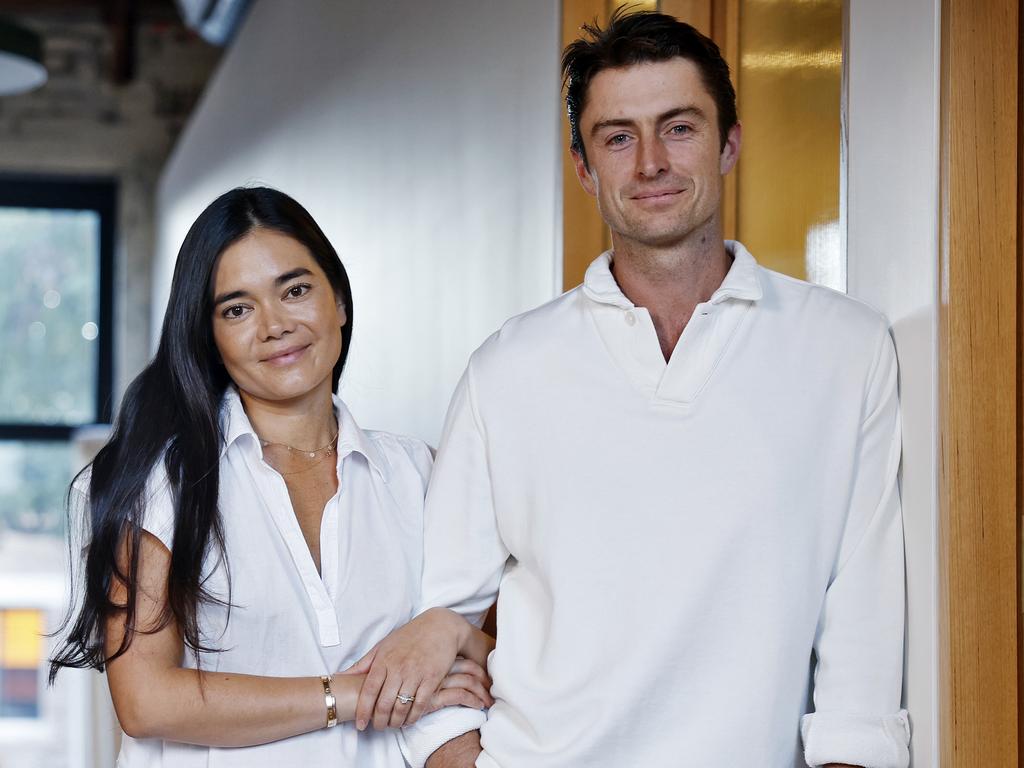
Gradually, Cingulum has expanded to include psychiatrists, rehab physicians and other specialists doctors who are treating a variety of conditions including stroke, dementia, anxiety, depression and brain injuries.
The key to the treatment is the software, developed by Omniscient Neurotechnology, which takes functional MRI data of what the brain looks like and its activity, and then compares a person’s brain activity with a large data set of over 2000 “normal” brains — people that have no psychological, psychiatric or neurological conditions.
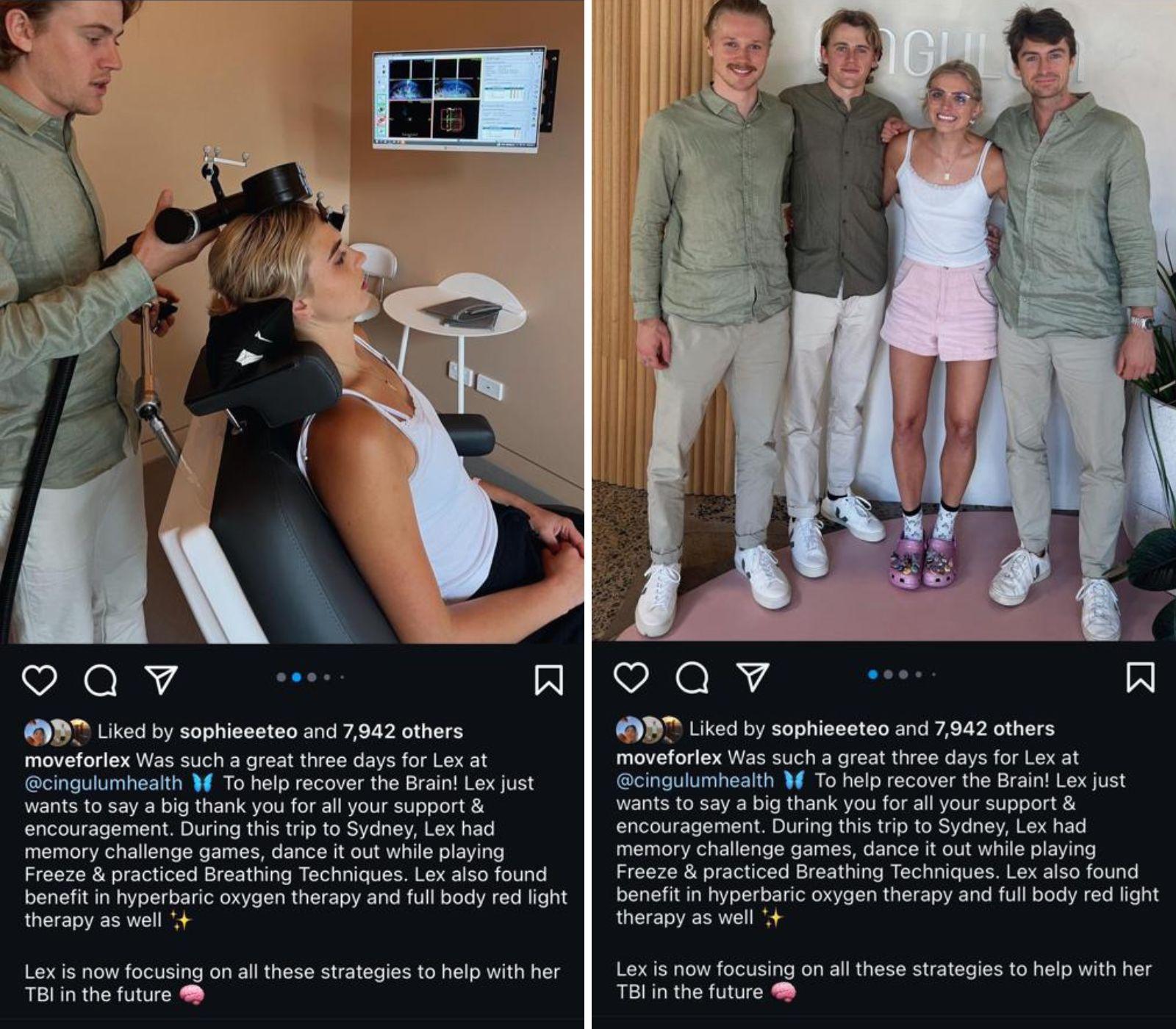
Cingulum doctors determine what part of the brain is “underactive or overactive” and where the magnet needs to be placed.
So the process is specific to the individual patient, the symptoms they have and their injury or condition.
Cingulum Head of Research and Development Jonas Holle said the treatment involved placing an electromagnet onto a patient’s head and stimulating the brain through the skull with a magnetic field.
The patient feels a repetitive tapping sensation on their head and a clicking sound during the session that lasts for several minutes,” he said.
Harvard-trained physical medicine and rehabilitation physician Dr Maurice Sholas told The Telegraph he was “blown away” by the “care and intentionality” of the process.

“It has a very high safety profile, and the main side effect we have recorded is people will get fatigued because it is essentially sending your brain to a gym, when these regions that are over active or inactive are stimulated,” Mr Holle said.
The patient then has 25 treatment sessions on the particular focus area over a five-day period.
While the TMS method has been around for more than 40 years to treat depression, it has not been used to treat brain injuries, and so far is not covered by Medicare.
Patients are paying around out of pocket for the 25 sessions that also include other therapy methods like physiotherapy and meditation, depending on the type of brain injury and associated symptoms.
“We have largely relied on word of mouth, people who have had good results talking to other patients, communities of patients, as well as doctor referrals” Mr Holle said.

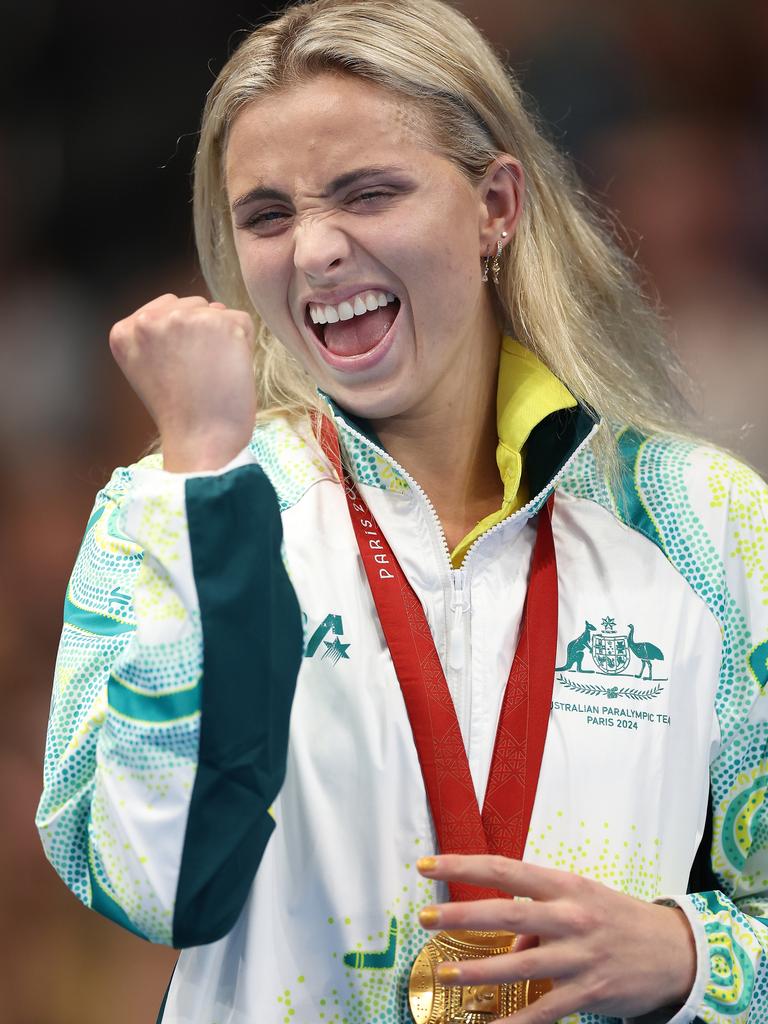
Leary, who has just won gold in the pool in the Paralympics in Paris, actively shares her TMS journey on Instagram, posting photos and videos of her treatments to “help recover the brain”.
The staff at the clinic are hoping that changes, as word travels and proof of the treatment’s potential is realised.
“When patients come in for treatment they consent to their data being used anonymously for research,” Mr Holle said.
“Because the work we are doing is so personalised, we want to document everything we are doing, and publish in peer-reviewed journals. That way other researchers can also track the results we are having and the parameters contributing to patients’ success.”
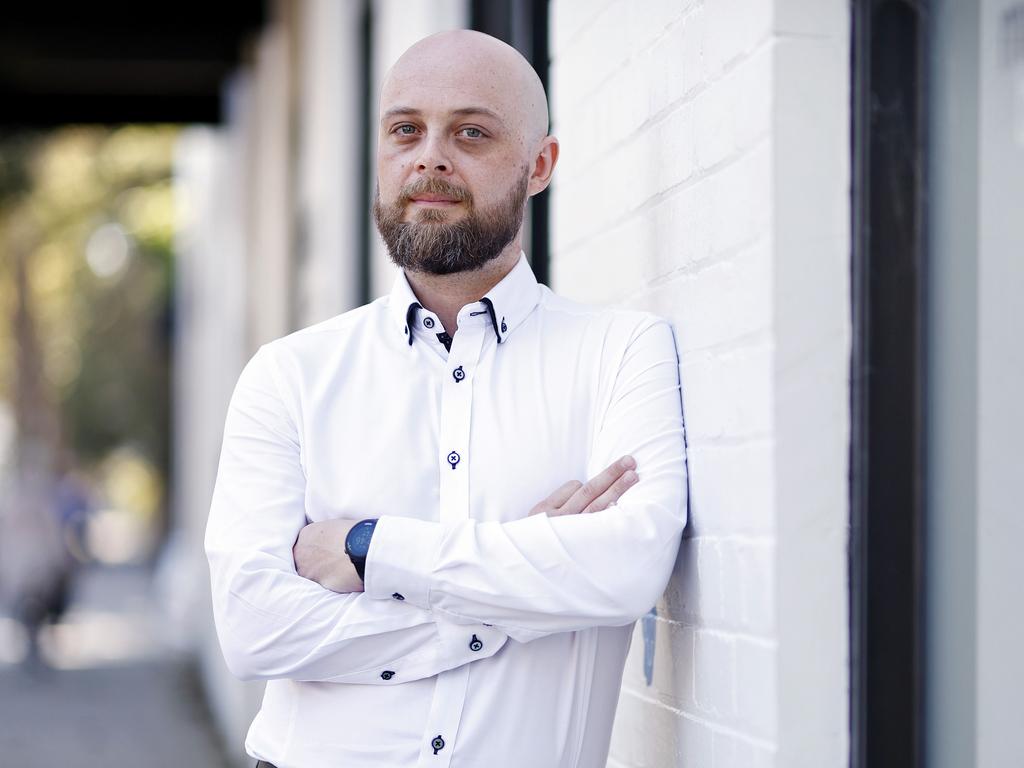
Harvard-trained physical medicine and rehabilitation physician Dr Maurice Sholas told The Telegraph he was “blown away” by the “care and intentionality” of the process.
“The process is so technical and that can be scary to a lay person, but they break it down and make it digestible in a way that disperses that fear,” he said.
“Patients need options and concrete ways to get the best brain function possible.”
Prof Sholas is currently in Australia learning the technique so he can return to New Orleans to establish a Cingulum clinic and provide this therapy to his own patients.
THE CUTTING-EDGE TECHNOLOGY THAT USES MAGNETS TO HEAL BRAINS
Aussie surf sensation Owen Wright has bravely opened up about being in one of the biggest ruts of his life after ignoring the signs of his poor brain function and mental health.
The frank admission from the Olympic medallist, who is one of the country’s greatest-ever big-wave surfers, comes as he prepares for his next MRI and round of brain stimulation therapy.
He’s been putting it off.
Wright was proactive during his competition years in treating the symptoms of his countless concussions — the bad moods, emotional control, forgetfulness — but that’s because he was driven to succeed.
Once he retired, he became blase. His health put on the backburner.
“Here I am retired, struggling now to even recognise the symptoms, and I don’t want to look under the hood so to speak.
“So yeah, I was struggling at the end of my career, not in a good way mentally but now I’m in the biggest rut I have ever been in … good thing is I know how to turn it around.”
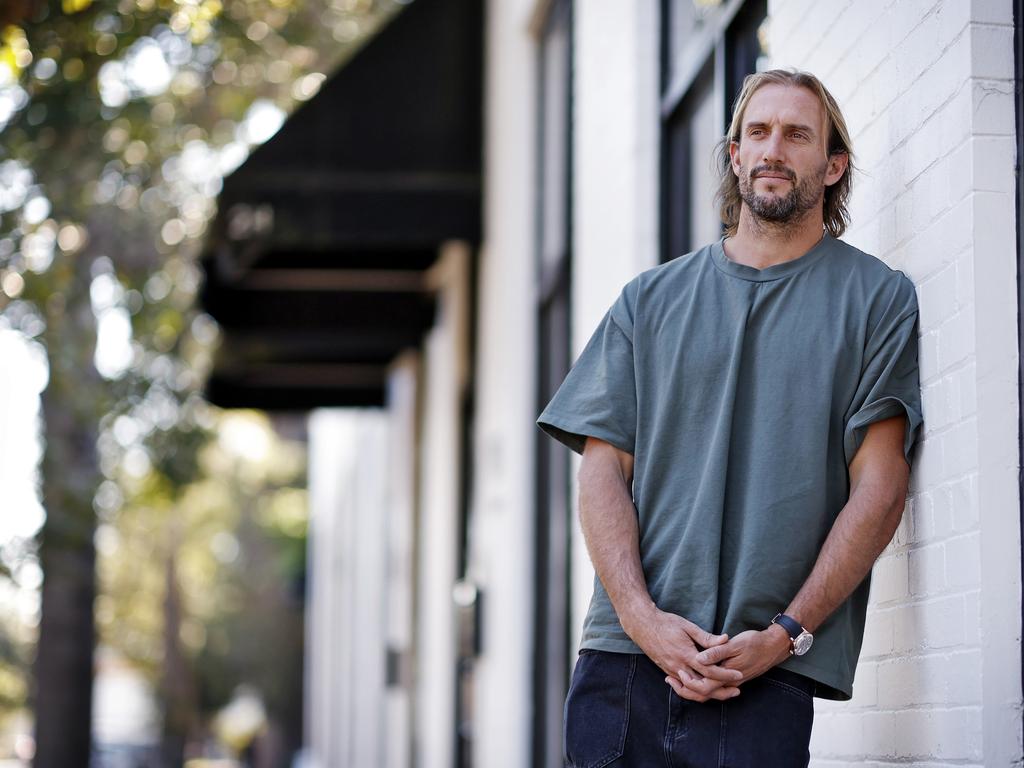
Wright is speaking out to urge other elite athletes — particularly football players, boxers and big-wave surfers — to look after their brains before it is too late.
Wright, now 35, married with two children and living on the north coast of NSW, already well and truly knows “what’s under the hood”.
Back in 2015 a doctor who examined his brain scan images after a well-documented crash with a huge set in Hawaii said the damage was comparable to a blast victim in a war zone.
The traumatic brain injury that resulted in Wright having to learn to walk again was just one of the many concussions he had throughout his career.
“The size of the water landing on us was actually like explosions,” Wright says of the years competing at the top of his game.
He fears CTE and other conditions caused by repeated head knocks will soon be a massive issue for his sport — comparable to the storm around injuries in football.
“I had so many concussions over my career that small knocks started to produce severe symptoms,” Wright said.
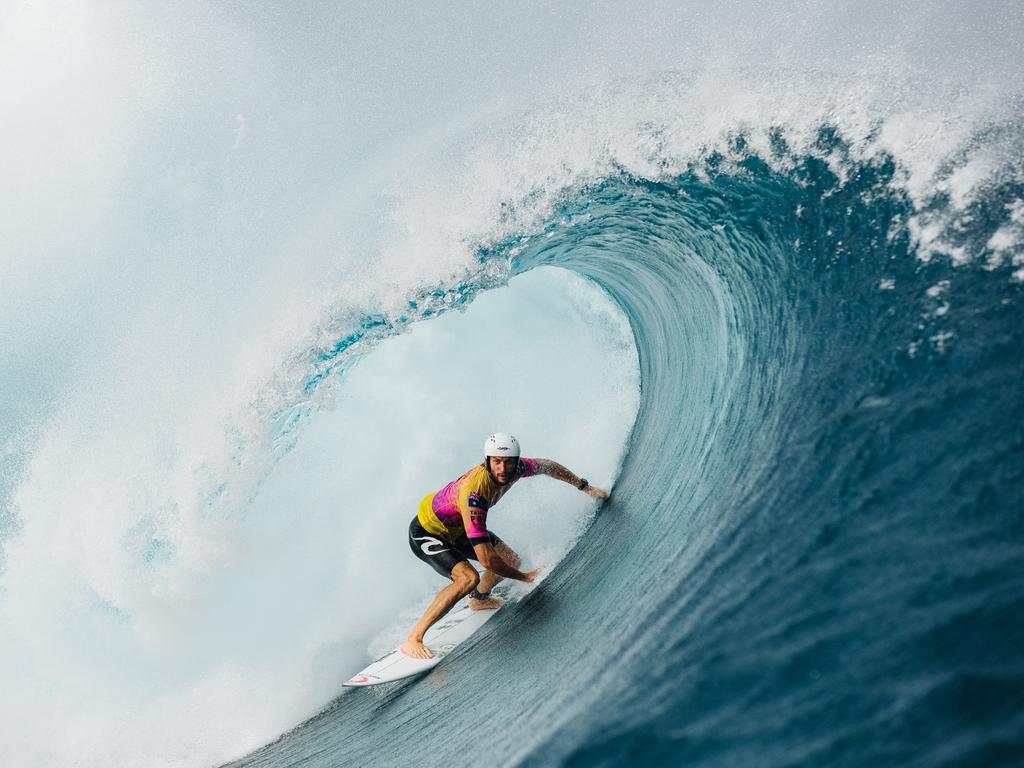
For seven years he had to find ways to keep managing the headaches, the lethargy, so he could focus on the results in the water and providing for his family.
He tried eye tracking, brain work and other therapies that helped to an extent, but he knew he wasn’t right.
His mum, who had been a patient of Dr Charlie Teo, suggested he try the brain stimulation techniques at Cingulum clinic in Sydney.
“I was still competing so I was keen to get on top of it. I had treatment and I felt the difference almost instantly,” he said.
“It was the most ease I had felt in years, everyday life just became a bit more at ease.”
Dr Teo warned Wright that more hard knocks could be catastrophic.
“He tapped me on the shoulder and said: ‘It’s time to retire’.
“Today I couldn’t be any more grateful. I really can start to see that if I stayed any longer I would have been in such a bad way,” Wright said.
But retirement hasn’t been easy.
“The guys from Cingulum were chasing me up after I retired and I just kept neglecting it and I got into a bad way,” he said.
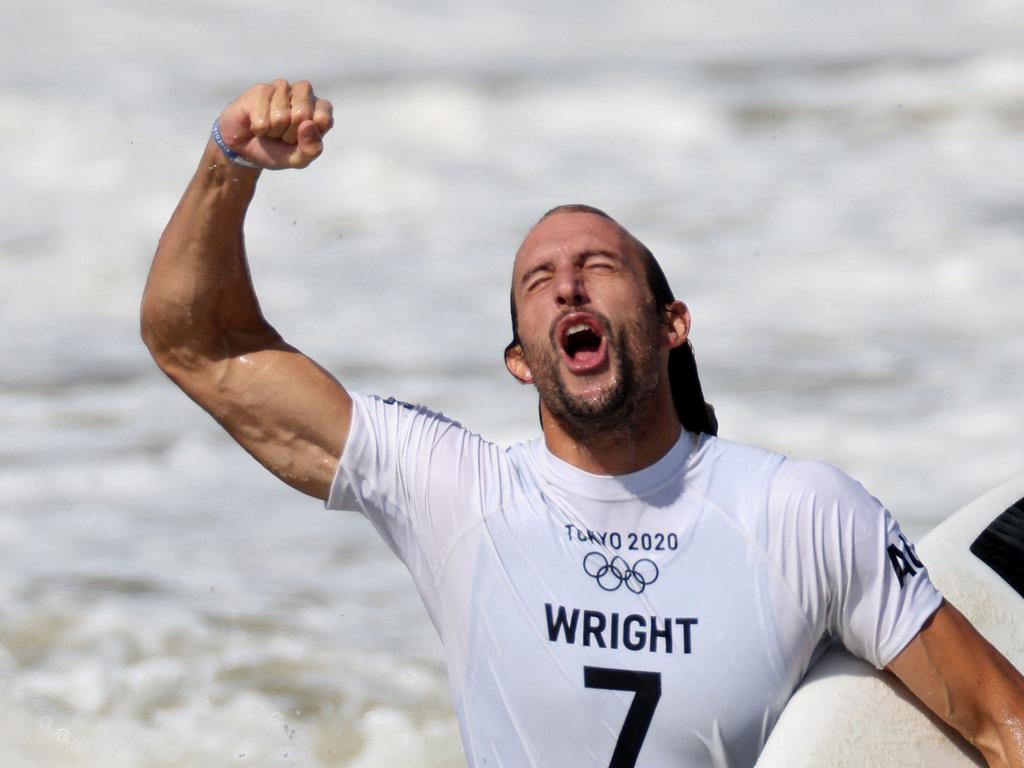
Now, a couple of years into his retirement, Wright is realising he is struggling again and was just “too proud to admit it, didn’t want to face it”.
“It just creeps up on you. But here I am and I’m just about to go back for another round.”
Wright said he felt so lucky to have a professional team in his corner to “chase” him up when he wasn’t putting himself first.
“So that’s why I am happy to talk about this, and to tell other retired athletes that might not have so many people in their corner, that there are things you can do when it all starts to fall apart.
“Our brains copped a beating, you hear about a lot of mental health issues, but there are treatments you can do and, like I have to remind myself, the upkeep is what’s important.
“It takes a lot for me to even admit for myself that I’ve got to go and do that.”
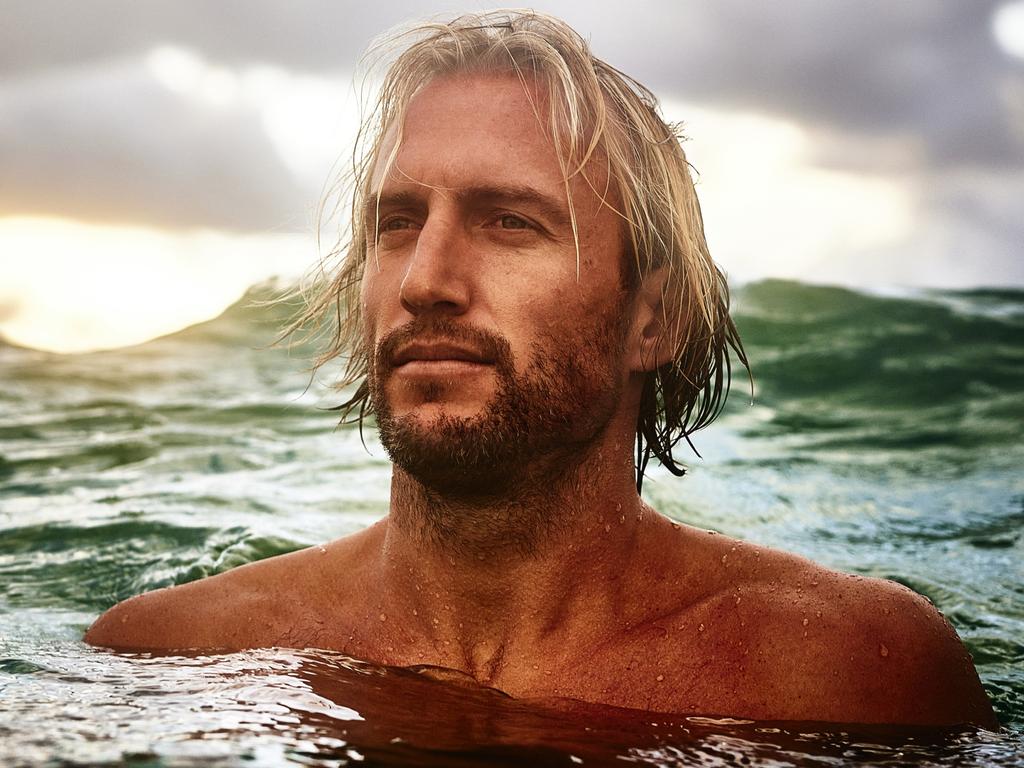
I pinch myself every day
Queensland man Jack Wilson tripped over a bucket and fell hard on a steel shelf four years ago and his life “unravelled from there”.
“I started having really bad vertigo, really bad headaches and they never went away,” he said.
“The brain fog started to get really bad and I was unable to return to work straight away, then the chronic fatigue set in really badly and I just couldn’t manage life.”
Mr Wilson had to give up his job as an accounts manager for a large firm, move back in with his parents and took himself off the road — not confident of driving his car safely.
Brain scans eventually showed a slow bleed on the brain.
Mr Wilson said he heard about Cingulum through friends and three months ago made his way to Sydney to take a chance on the treatment.
“I had been living three and a half years of hell. It was really really horrible and so I needed to give it a try,” he said.
Mr Wilson had five days of intense TMS treatment on three different spots of his brain that doctors identified in his scans were not functioning properly.

“Throughout the week I was really fatigued from the treatment. But I started to feel things change pretty quickly really,” he said.
“Within the first three days things were coming back into place for me. And now about three months later I can tell you I have been able to move out of my parents home and I bought a motorbike. I am back out on the road.”
Mr Wilson said he had found a great gym in Brisbane that offered red light saunas, magnesium baths and he’s doing all the things he needs to do to help his brain get the best possible benefit from the TMS treatment.
“I pinch myself nearly every day,” he said.
“I came back to Sydney last week and did a follow up functional MRI. Two out of three of the target areas had normal activity.
“I knew that already though because I am loving life now, I don’t have headaches or brain fog.”
Got a news tip? Email cydonee.mardon@news.com.au





